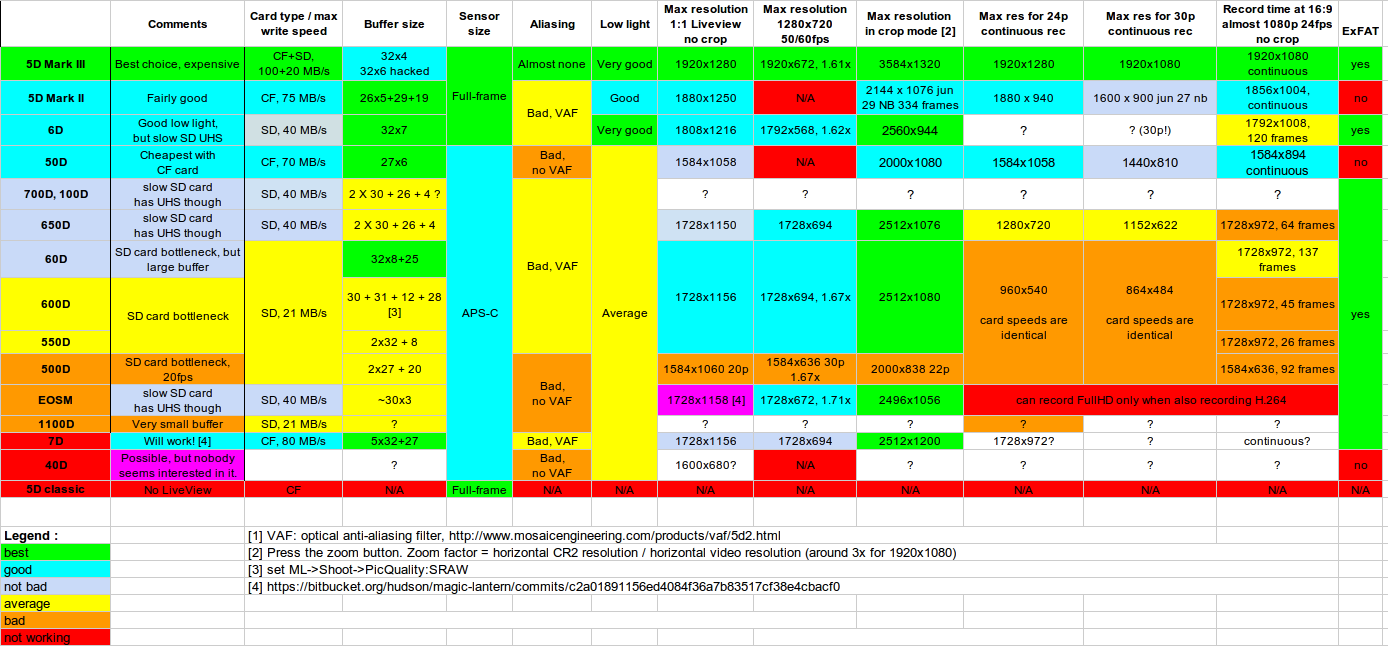Hey,
Firstly please dont rip my head off if this is an idiotic idea, I dont know tooo much about audio but just had a random thought about audio and gain control.
People hate AGC, why?
Because it's automatically adjusting, and often not how you'd like. Once it's recorded, you've got no idea how loud it 'should' have been.
So first thing that comes to mind is turning the bloody thing off haha.
But I was thinking, what if there was a way to make the AGC aim to instantaneously normalise every volume to say 75% volume of what the mic can do... BUT the difference being that it datalogs the gain 'offset' required to get the audio to this level.
So something that would normally clip, records at 75% volume. Something that would normally be a pin dropping, records at 75% volume. So it would sound terrible, but the idea is that you post process this to use the 'offset' information to make the pin dropping super quiet again, and the clipped parts really loud again. But you never have to worry about clipping or signal:noise ratio being awful.
Here's a very poor visualisation of what I'm thinking.
First picture down is how you normally record... Volume goes up and down with recording.
Second picture down would be the "75% goal" AGC turned on.
And then third picture down would be the 75% goal AGC post processed into an 'HDR' audio file.

Firstly please dont rip my head off if this is an idiotic idea, I dont know tooo much about audio but just had a random thought about audio and gain control.

People hate AGC, why?
Because it's automatically adjusting, and often not how you'd like. Once it's recorded, you've got no idea how loud it 'should' have been.
So first thing that comes to mind is turning the bloody thing off haha.
But I was thinking, what if there was a way to make the AGC aim to instantaneously normalise every volume to say 75% volume of what the mic can do... BUT the difference being that it datalogs the gain 'offset' required to get the audio to this level.
So something that would normally clip, records at 75% volume. Something that would normally be a pin dropping, records at 75% volume. So it would sound terrible, but the idea is that you post process this to use the 'offset' information to make the pin dropping super quiet again, and the clipped parts really loud again. But you never have to worry about clipping or signal:noise ratio being awful.
Here's a very poor visualisation of what I'm thinking.
First picture down is how you normally record... Volume goes up and down with recording.
Second picture down would be the "75% goal" AGC turned on.
And then third picture down would be the 75% goal AGC post processed into an 'HDR' audio file.












